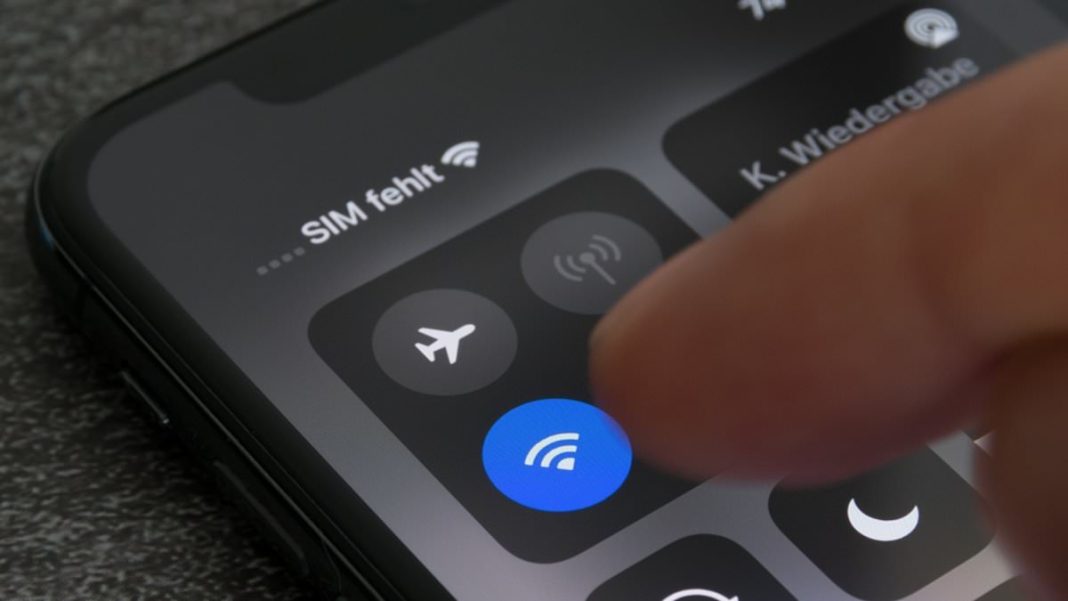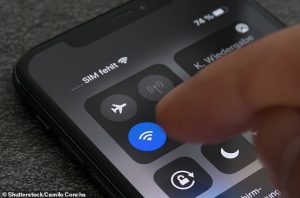Google Issues Critical Warning About Public Wi-Fi Security Risks
Google has issued a stark warning about the dangers of using public Wi-Fi networks, stating they could expose users to cybercriminals who can steal banking details and login credentials. In its new ‘Behind the Screen’ advisory document for October 2025, the tech giant explicitly advises smartphone users to “avoid using public Wi-Fi whenever possible.”
Key Takeaways
- Public Wi-Fi networks are often unencrypted, making data vulnerable to interception
- Criminals can set up fake “evil twin” hotspots to deceive users
- Experts recommend using VPNs, mobile data, or avoiding sensitive transactions on public networks
- Scams have drained over $400 billion globally in the past year alone
Why Public Wi-Fi Poses Serious Threats
Google explains that public networks can be “unencrypted and easily exploited by attackers,” meaning any data transmitted could be intercepted. Cyber experts unanimously support this assessment, particularly when accessing sensitive information like banking or email accounts.
Dr Manny Niri, senior cyber security lecturer at Oxford Brookes University, confirmed that Google’s warning “makes sense.” He told the Daily Mail: “Public Wi-Fi can be risky because many of these networks aren’t encrypted. This means that hackers on the same network could attempt to intercept data or even set up fake Wi-Fi hotspots to deceive users.”
The ‘Evil Twin’ Network Danger
Oliver Buxton, cyber expert at security firm Norton, highlighted the specific threat of “malicious hotspots” that mimic legitimate Wi-Fi names. “For instance, if you were staying at the Goodnight Inn and wanted to connect to the hotel’s Wi-Fi, you might mistakenly select ‘GoodNight Inn’ (with a capital N) instead of the correct network,” Buxton explained.
Jake Moore, security advisor at ESET, advised people to “at least double check they are on the genuine public network and not a fraudulent copycat network before going online.” He recommended disabling auto-connect features to prevent devices from automatically joining rogue networks.
Expert Recommendations for Safer Browsing
According to Dr Niri, the level of risk “depends on what you’re doing and how your phone or laptop is set up.” He recommends: “Using a VPN, visiting only secure (https) websites, or switching to mobile data is much safer than using open Wi-Fi. If you must use public Wi-Fi, it’s best to avoid logging into important accounts, such as banking or email, and always keep your software up to date.”
Professor James Davenport from the University of Bath admitted he uses public Wi-Fi but remains “skeptical when using it.” He told the Daily Mail: “I don’t do high-value work, such as internet banking, on them.”
The Global Scam Epidemic
Google’s report reveals that scams have drained more than $400 billion (£304 billion) from consumers worldwide in the past year alone. A company survey found 94% of people received scam text messages, which typically feature unsolicited requests for personal information or payment.
Google states: “Most scams rely on one of two tactics: the promise of a reward (‘You’ve won a prize!’) or the threat of a consequence (‘Your driver’s license will be suspended’). To create urgency, these are almost always followed by a strict deadline.”
How to Identify Scam Messages
According to the National Cyber Security Centre, watch for these red flags:
- Authority: Claims to be from official organizations like banks or government departments
- Urgency: Demands immediate action with threats of consequences
- Emotion: Uses panic, fear, hope or curiosity to manipulate you
- Scarcity: Offers limited-time deals on tickets, money or medical cures
- Current events: Exploits recent news stories to appear relevant
Google advises keeping software updated, monitoring bank accounts regularly, and thinking critically before responding to suspicious messages.






